How to File 1099: 5 Easy Steps

Independent contractors are an essential resource for many small businesses, so it’s important to understand how to process their employment payments when it comes to tax season. Freelancers, independent contractors, and many small businesses are covered under the 1099-MISC and 1099-NEC form, which addresses self-employed taxes.
If you’re planning to hire a freelancer (or already working with a few), you’ll have to know how to prepare and file the right tax forms. In this guide, you’ll learn more about the 1099-MISC form, the filing deadline, and how to file it online.
Key Takeaways
- A 1099 form is used to report non-salary taxable income to the IRS
- 1099s need to be filed by the contractor and the business that hires them
- You can purchase 1099 forms from the IRS, office supply stores, or accounting firms
- 1099 forms can be filed by mail or electronically
- Electronic filing is often the most secure, efficient, and affordable method
Here’s what we’ll cover:
- What Is a 1099 Form?
- Who Should File 1099?
- When Should You File Your 1099?
- How To File 1099 Electronically: Preparing and Filing Steps
- Benefits of Filing 1099 Electronically
- Conclusion
- FAQs On How to File 1099
What Is a 1099 Form?
The 1099 form is a document that the Internal Revenue Service (IRS) calls an “information return.” There are a variety of 1099 forms, but there’s one thing that they all have in common: They are all used to report the different kinds of non-salary income that you earn in a tax year.
In this article, we’ll be talking about the 1099-MISC form specifically, which lists all of the income that a person gets from non-employee or non-salary compensations such as commissions, bonuses, contractual payments, royalties and more. 1099s are also filed by business owners who make rent payments, with the exception of businesses that rent via a property manager.

Who Should File 1099?
As a small business owner, you must file 1099 information returns for every vendor, service provider, freelancer, independent contractor, self-employed person or non-incorporated business that you’ve paid more than $600 during the tax year.
This includes business entities that are limited liability companies (LLCs), partnerships or sole proprietorships but excludes C or S corporations. You should also file a 1099 if you rent a space from anyone who isn’t a property manager.
Below are the most common exceptions:
- If you paid that specific vendor less than $600 (cumulative) over the tax year: The independent contractor still has to report their income on their Schedule C form, but you don’t have to file a 1099 for them.
- If you are renting from a property manager: Property managers file their own 1099-MISC forms and send them to the property owner, so you don’t have to.
- If you hire a C or S corporation: This holds true even if you worked with an individual who happens to be registered as a corporation.
- If the vendor/freelancer was hired and classified as an employee: Employees require a completely different form, the W-2. Misclassifying an employee as an independent contractor (usually to avoid paying certain taxes or offering government-mandated wages/benefits) may result in significant penalties.
When Should You File Your 1099?
Individuals must file their personal tax return (along with their 1099 forms) at the same time every tax year, on April 15. As a small business owner, you are required to send out your 1099 forms to your contractors before January 31. You are also required to file a 1099 with the IRS by the last day of February for paper filings or March 31 for electronic/online filings.
If you miss the deadline, you could be penalized anywhere from $60-310 to perform up to a maximum of $3,987,000 a year. However, if you intentionally ignore filing requirements or deadlines, the IRS may decide to penalize you $630 per incorrect form with no cap.
How To File 1099 Electronically: Preparing & Filing Steps
Preparing and filing a 1099-MISC tax form doesn’t have to be complicated. In fact, you can do it in five easy steps:
1. Prepare Your Documents (W-9s)
It’s easier to fill out 1099 forms if you already have all the information you need readily available. By the time you start with the 1099s, the contractor should have already provided you with a completed W-9 (ideally before you contracted their services). You are legally allowed to withhold 28% of the cash payments if the form wasn’t submitted or contains inaccurate information.
A vendor’s W-9 is extremely useful because it contains their tax filing status, which will tell you if you need to create a form for that specific contractor. It also includes a vendor’s name, address, and Employer Identification Number (EIN) or Social Security number (SSN). For a deeper understanding of the W-9 form and the process of filling it, please refer to our guide, how to fill out a W-9.
2. Obtain the Forms
Unfortunately, you can’t just print the paper forms off the internet—you need to get official 1099 forms from an official source. There are a few places you can get them, such as:
- From the IRS: Order 1099s and other information returns/forms straight from the IRS, either by purchasing from the website or by calling 1-800-TAX-FORM (1-800-829-3676).
- From an office supply store: You can buy packets of 1099-MISC forms at your nearest office supply store. You may also be able to order them online via the store’s website.
- From an accounting firm: Local accounting firms usually have stacks of forms you can purchase. Alternatively, if you work with a firm or accountant, they can provide you with the necessary forms.
3. Complete 1099
Once you have the data and the forms, reporting your 1099 becomes much easier. When you fill out the form, you’ll have to provide the following information:
- Your SSN or EIN
- The contractor’s name and SSN/EIN
- How much was the contractor paid
- If any pay was withheld and how much

Remember, you must fill out two copies of the 1099-MISC form for each contractor you worked with: One form (Copy A) has to be submitted to the IRS, while the other (Copy B) should be sent to the independent contractor on time.
4. Send the 1099 Form to Your Vendors/Freelancers
Copy B of the 1099-MISC forms should be sent to all your contractors on or before February 1. This allows them to include it in their personal tax returns and accurately report their yearly income. If you miss this deadline, the IRS can penalize you with fines.

5. Submit Your 1099 Forms
There are two ways of reporting Copy A of the 1099-MISC:
- Snail mail: Mailing your IRS form is the traditional way of paper filing. You must send out your 1099s no later than January 31 of the year. You also need to attach form 1096, which tracks your 1099 filings.
- Online: You can now submit 1099 forms via the IRS’s online submission service, the Filing a Return Electronically (FIRE) system. To use the FIRE system, you need to do the following:
- Request a Transmitter Control Code (TCC) from the IRS via form 4419. You must fill this out and submit it at least 30 days before the 1099 deadline.
- Create a FIRE system account.
- Complete your 1099s via supported accounting or payroll software.
- Submit the document (in the proper format) via the FIRE system.
For 2024, if you file over 250 1099-MISC/W-2 forms a year, you must submit them online. These information returns can be filed at federal/state levels, so always double-check if you need to undergo state filing as well—ask your accountant or a local firm if you have questions or need additional tax support.

Benefits of Filing 1099 Electronically
Filing electronically can improve the convenience, cost, and security of your tax process. While there’s nothing wrong with filing through the mail, there’s always a risk of your mail getting lost or stolen. When you file form 1099 electronically, you have a much greater level of security, which is especially important when sending financial information.
Digital filing also allows you to track your form and grants you instant filing status from the IRS. Tax filing software also often includes error checking and offers an easy way to keep your tax records together. Finally, online filing offers an affordable alternative to sending your 1099 forms through the mail.
FAQs On How To File 1099
What happens if you don’t file a 1099?
If you don’t file your 1099 form, you could be penalized by the IRS. You may face a late penalty, or if the failure to file taxes represents a significant income understatement on your taxes, there may be a higher fine.
What can you write off as a 1099?
If you’re filing a 1099, you may be able to write off certain business expenses like your home office, vehicle expenses, and supplies for your business. Remember only to write off the parts of these that are used for business, not those that are for personal use.
Is it better to be 1099 or W-2?
Whether it’s better to be a 1099 contractor or a W-2 employee depends on your preferences—are you looking for flexibility or stability in employment income? 1099 workers typically have the ability to set their own schedules but don’t have access to company benefits, while W-2 employees typically have less autonomy but also fewer tax obligations and access to corporate benefits.
Do 1099 employees always owe taxes?
1099 employees will almost always owe taxes. Unless you make below $400 as a self-employed worker, you’ll have to pay taxes on your income earned on the 1099.
Does the IRS look at every 1099?
The IRS has a strong computer cross-referencing system, so it’s best to err on the side of caution and assume they’re looking at tax documents on every 1099 form.
About the author
Jami Gong is a Chartered Professional Account and Financial System Consultant. She holds a Masters Degree in Professional Accounting from the University of New South Wales. Her areas of expertise include accounting system and enterprise resource planning implementations, as well as accounting business process improvement and workflow design. Jami has collaborated with clients large and small in the technology, financial, and post-secondary fields.
RELATED ARTICLES


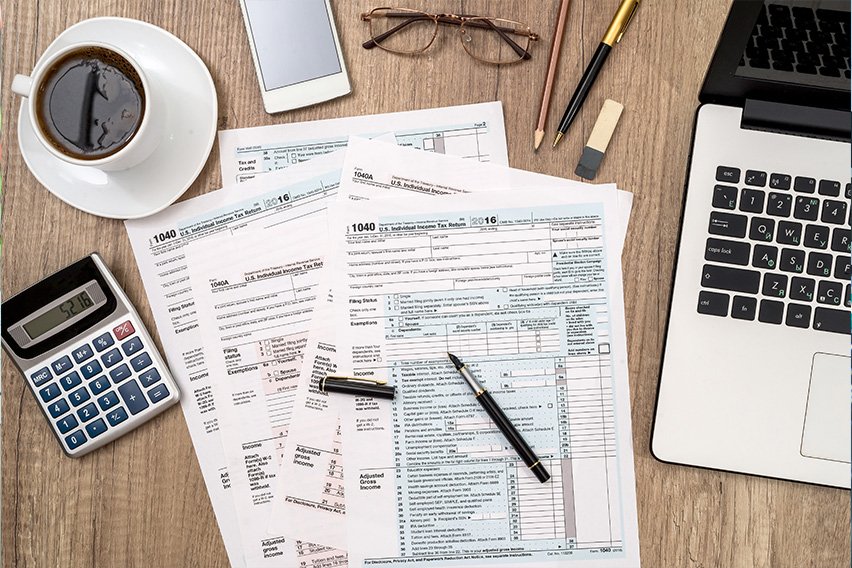 Tax Deductions for Self-Employed Business Owners: Everything to Know
Tax Deductions for Self-Employed Business Owners: Everything to Know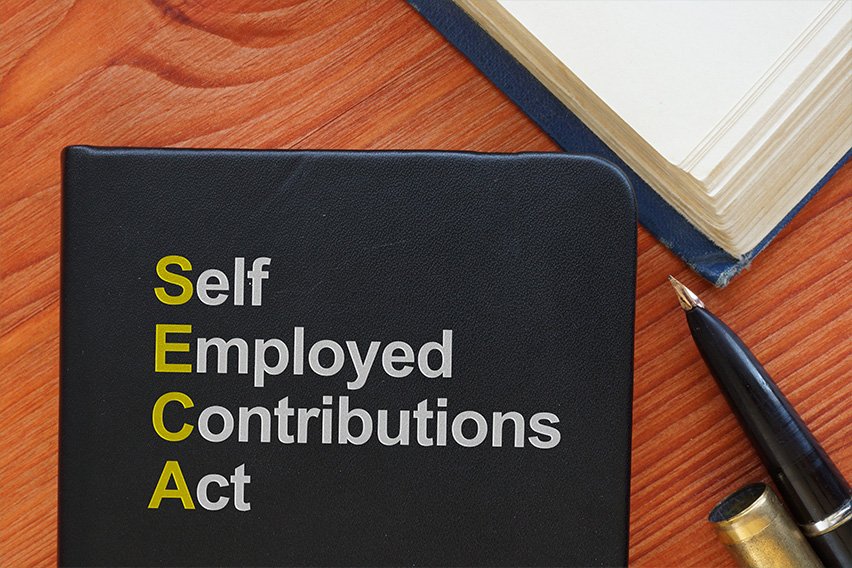 What Is SECA Tax? A Simple Guide to Self-Employed Tax Obligations
What Is SECA Tax? A Simple Guide to Self-Employed Tax Obligations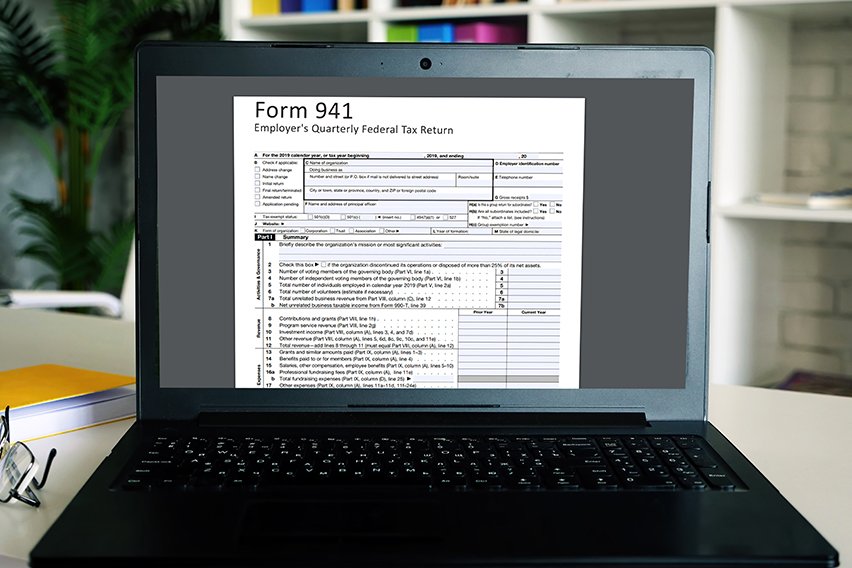 What Is Form 941? Facts and Filing Tips for Small Businesses
What Is Form 941? Facts and Filing Tips for Small Businesses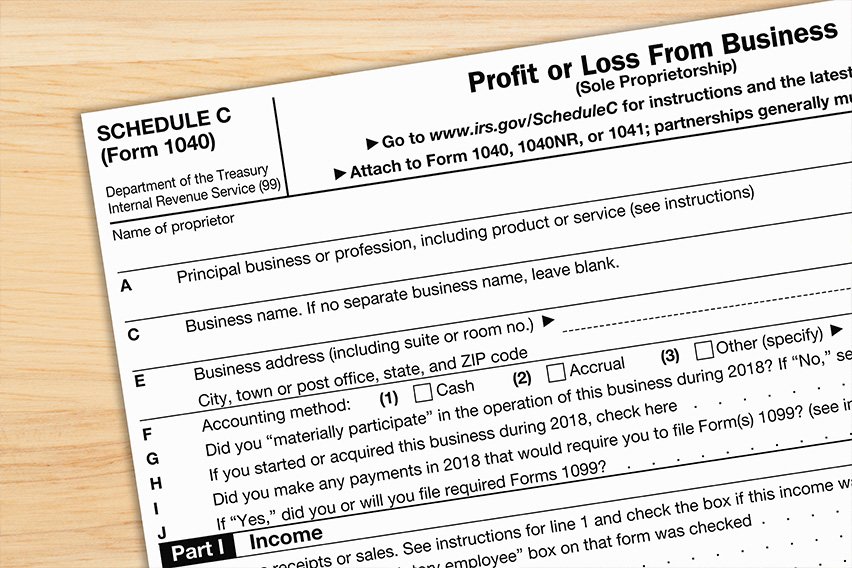 Schedule C: The Essential Tax Form for Self-Employed Individuals
Schedule C: The Essential Tax Form for Self-Employed Individuals How To Calculate Payroll Taxes: Step-by-Step Guide
How To Calculate Payroll Taxes: Step-by-Step Guide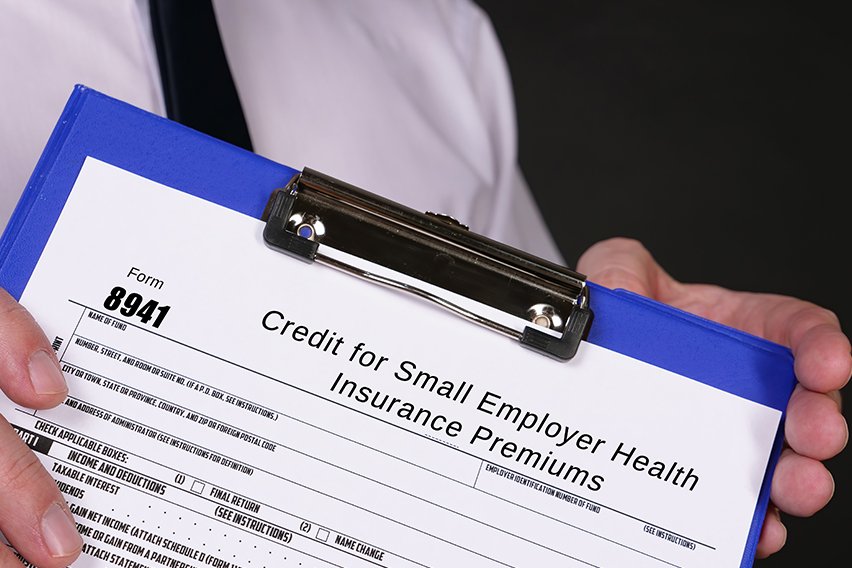 What Is Form 8941? It’s a Tax Credit for Small Business Health Insurance Costs
What Is Form 8941? It’s a Tax Credit for Small Business Health Insurance Costs